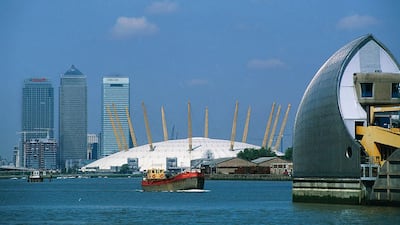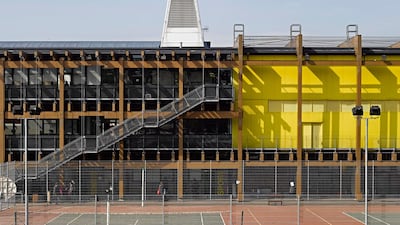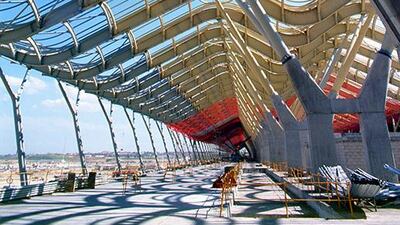One of Britain’s best-known living architects has retired from the firm he founded more than 40 years ago, letting the curtain fall on a career in which he designed some of the world’s most recognisable modernist landmarks.
Richard Rogers, 87, is perhaps best known as the designer of London’s Millennium Done and the Pompidou Centre in Paris. He pioneered high-tech architecture that incorporated industrial and technological elements into building design.
Mr Rogers put ducts, pipes and staircases on the outside of the buildings he designed, often painting them in vibrant colours to draw attention to the functions they served.
One of his most famous works, London’s Lloyd’s building, is affectionately known as the inside-out building.
His projects have won some of architecture’s most prestigious awards, including the Thomas Jefferson Foundation Medal in Architecture in 1999 and the Pritzker Architecture Prize in 2007.
His firm, Rogers, Stirk, Harbour + Partners, won the Royal Institute of British Architects’ Stirling Prize for the year’s best new building on two occasions. He founded the firm in 1977 alongside architects Graham Stirk and Ivan Harbour.
A well-known opponent of traditional architecture, Mr Rogers was commissioned to come up with a strategy to renew Britain’s towns and cities for Tony Blair’s Labour government.
He also served briefly as adviser to London Mayor Ken Livingstone before leaving the role in 2009 after clashing with Mr Livingstone’s successor, Boris Johnson.
RSHP said his retirement from its board had been planned since 2007. Mr Harbour said Mr Rogers has been “a huge inspiration to us all at RSHP and to the architectural profession globally”.
In line with the practice’s constitution, Mr Rogers’s name will be dropped from its nameplate.








